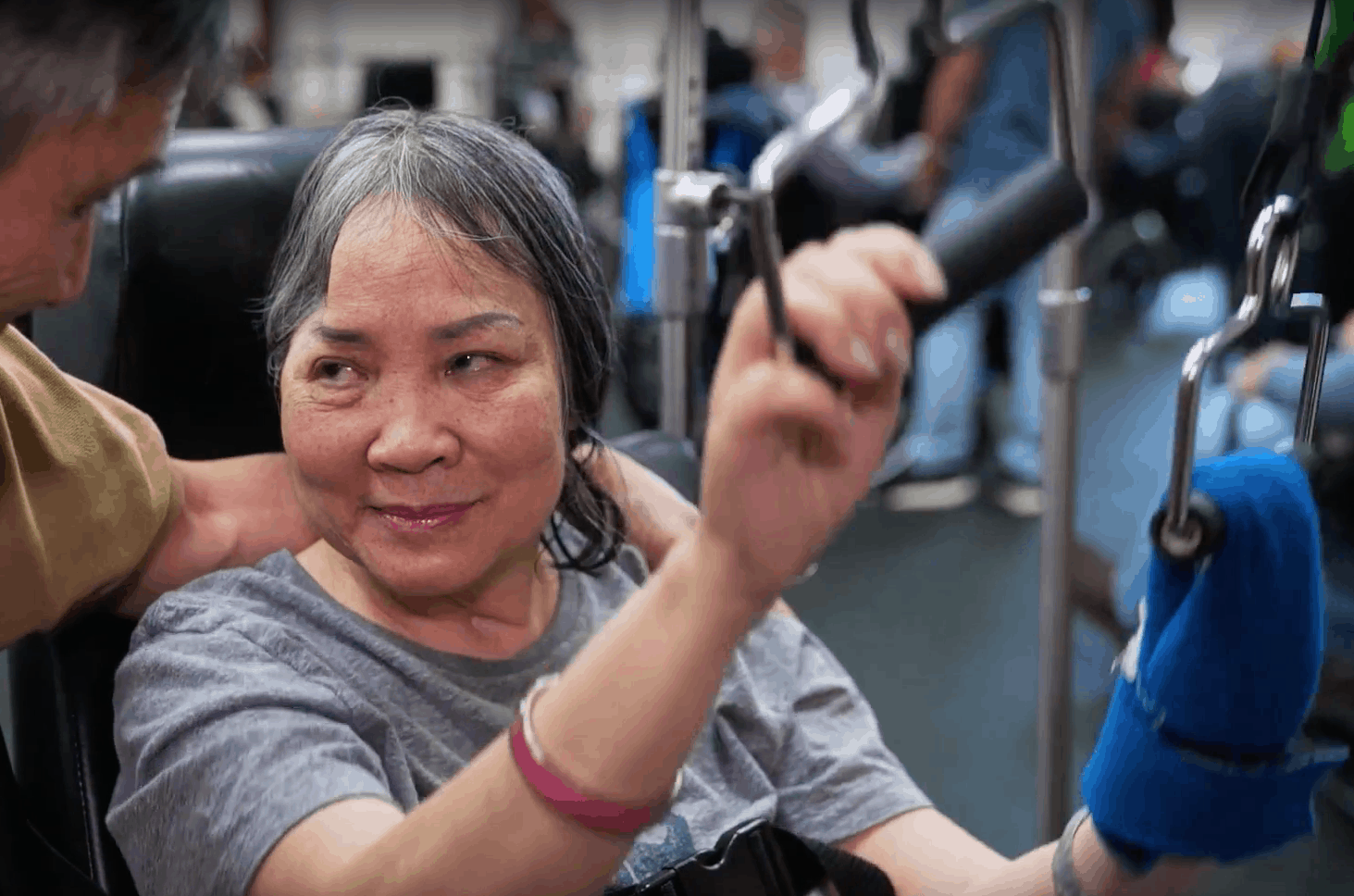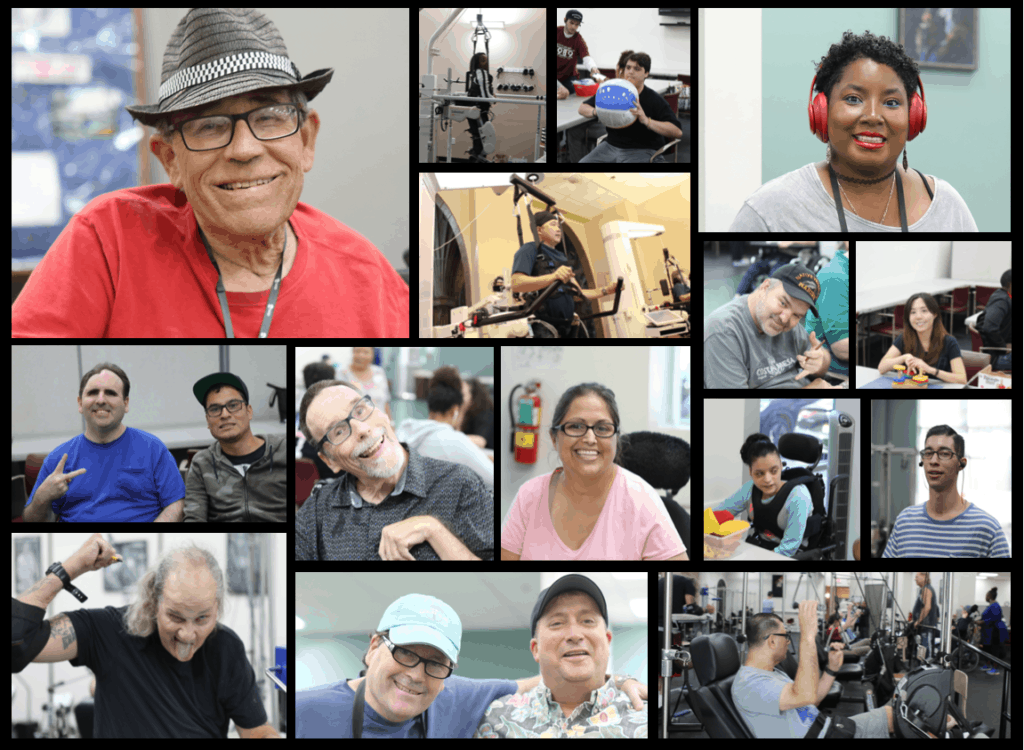Aneurysm
A ruptured aneurysm is a difficult experience and can be extremely unsettling. Knowing the facts can help ease this fear, help begin the healing process, and help bring a sense of comfort and support during a trying time.
Rehabilitation and Recovery
The individual who sustains a major brain aneurysm can expect many challenges. Brain damage with cognitive issues to include; memory, problem-solving, perception, focus, aphasia, learning, and behavior. The family members can find themselves introduced to a different person with many challenges. Behavior changes are the norm and can be difficult to manage.
That is where High Hopes comes in. High Hopes is the first brain-injury program in the country to provide outstanding results in helping the brain-injured recover their lives.
High Hopes is a non-profit Charitable 501c3 organization dedicated for over 44 years to help those who have suffered an aneurysm regain abilities thought lost forever.

Play Video

Here is what you should know about
Brain Aneurysm
What is a Brain Aneurysm
A Brain Aneurysm is a weak spot in the wall of a blood vessel inside the brain. That area or vessel wears out due to constant blood flow. It can bulge out like a bubble then in some cases it can grow large, leak or explode. Bleeding in the brain or Hemorrhage. This is called a Hemorrhagic stroke. A ruptured brain aneurysm can be life-threating and lead to coma and brain-damage.
The brain relies on only two sets of major arteries for its blood supply. These arteries conduct blood to the brain and all connect through the Circle of Willis, which loops around the brainstem. Brain aneurysms tend to occur at the junctions between the arteries that make up the Circle of Willis.
Symptoms
- Localized Headache
- Dilated pupils
- Blurred or double vision
- Pain above and behind the eye
- Difficulty speaking
- Weakness and numbness
You should get medical attention Immediately if you experience some or all these Symptoms:
- Seizure
- Loss of consciousness
- A sudden and severe headache
- Stiff Neck
- Sudden pain above and behind the eye
- Sudden trouble walking or dizziness
- Sudden weakness and numbness
- Sensitivity to light
- . Drooping eyelid
- A sudden change in mental awareness
- Sudden blurred or double vision
Can I Prevent an Brain Aneurysm?
You may not be able to completely prevent an aneurysm but you can minimize the risk of a Brain Aneurysm.
Risk factors that doctors and researchers believe contribute to the formation of brain aneurysms:
- Smoking
- High blood pressure or hypertension
- Congenital resulting from inborn abnormality in artery wall
- Family history of brain aneurysms
- Age over 40
- Gender, women compared with men have an increased incidence of aneurysms at a ratio of 3:2
- Other disorders: Ehlers-Danlos Syndrome, Polycystic Kidney Disease, Marfan Syndrome, and Fibromuscular Dysplasia(FMD)
- Presence of an arteriovenous malformation (AVM)
- Drug use, particularly cocaine
- Infection
- Tumors
- Traumatic head injury
.

Over the years High Hopes has helped countless students recover from aneurysms. If you like to learn more about our program please take a look at the rest of our website and please contact us if you still need more information.
